Waste Not, Want Not: How I Hiked the Pacific Crest Trail Zero Waste

By Outbounder Ana Lucía Valencia (a.k.a. Eco)
Six years ago, I learned about the Pacific Crest Trail, a 2,653-mile trail from Mexico to Canada, through the mountain ranges of California, Oregon, and Washington. It was one of those things that I knew I had to do. It called to me in the deepest of ways.
I have always loved nature and spending time outside. I fell for environmental causes in my late teens, when I started reading about unsustainable tropical palm oil production and understating more deeply how our everyday actions as consumers impact resource exploitation and the species with who we share this planet. Vegetarianism and veganism followed, and after reading about “Plastic-Free July,” an international movement where you avoid plastic for a whole month, I decided to start living a zero-waste lifestyle.
A zero-waste lifestyle is living in such a way where the goal is to reduce what we throw away into landfills significantly and, instead, reincorporate any by-products of what we consume as much as possible. By living zero waste, the “six R’s” become your mantra: Rethink, Refuse, Reduce, Reuse, Recycle, Repair. In my day-to-day life, this translates into always asking myself: “how is this action going to impact the planet, and what can I do to lessen this impact?”. From things like buying in bulk with my bags and containers, always carrying a cutlery set and reusable water bottle, using solid shampoo and face soap bars, making my deodorant, and shopping second-hand, my zero waste lifestyle has made me feel more connected to my environment and my role, and power, as a consumer.

This does not mean I strive to be perfect, that I haven’t touched anything plastic since I started living this way, or that my trash bin is always empty. Being a perfect environmentalist is impossible and exhausting. Nonetheless, caring for my environmental impact is simply something I can’t avoid doing; striving to live in a way that aligns with my values matters to me, even if what I do seems insignificant compared to the grand scheme of things.
Jane Goodall –ethologist and environmentalist– phrases perfectly why individual action still matters: “You cannot get through a single day without having an impact on the world around you. What you do makes a difference, and you have to decide what kind of difference you want to make”. Small, individual actions affect change; they create conversation and start collective movements, pushing larger global entities towards change.
Jane Goodall’s phrase, just as much as the thought of spending months hiking in the mountains, also moves me to the core. So, when I got into the logistics of hiking a long trail, the thought of suddenly starting to create waste again unnerved me.

In January 2021, after six years of daydreaming, I decided that this was the year I’d take on the PCT. So I applied for my permit and dove into the research: what gear did I need? How did food resupplies work? How could I lower my base weight? Soon enough, I realized the amount of waste all of this could involve. I panicked. Did accomplishing an over half a decade-long dream mean I’d have to put my values on hold?
I started writing in forums and looking for people who had hiked the PCT, or any other long trail, without generating waste. I knew the concern was there, as many bloggers were writing about reducing our impact outdoors, yet most of them seemed focused on shorter trips.

I also repeatedly came across the argument that you’re already significantly reducing your environmental footprint by being on the trail, so I shouldn’t stress too much about whatever waste I’d generate during my hike. This argument is somewhat valid; in the end, you’re not driving a car, using electrical power, and you’re only showering once a week (or less -something us thru-hikers hold proudly). However, for the sake of convenience, we tend to choose lightweight, single-use, plastic items: countless Ziploc bags, individually wrapped snacks, single-serving instant coffee, dehydrated meals, water bottles . . . the list goes on. We buy the latest thru-hiking gear, often manufactured with unsustainable practices and materials, and get it shipped to our doors, wrapped in plastic.
This is all impacting the very environment we love to explore. To me, it makes no sense. So, I decided to hike the PCT to as zero waste as possible. I named it “Waste-Free PCT” and created an Instagram account (@wastefreepct) to document my hike and share tips with other outdoors enthusiasts. And hoping to inspire others to attempt more sustainable adventures and lower the impact on both the trail and future generations that want to enjoy it.
How did I prepare for a waste-free thru-hike?

The first thing I did was list all the gear I needed and which brand and model I liked best. Then, I looked on second-hand websites and forums. If I couldn’t find what I wanted, I settled for my second or third option. Once I completed a purchase, I’d contact the seller and ask nicely to get my item shipped without any plastic, preferably in a reused cardboard box (getting something shipped is something I tend to avoid, but not living in the US prevented me from going to stores and garage sales myself; I got what I needed shipped to a friends’ houses in San Diego and Austin, whichever the seller was closest to).
In the end, this is what my gear list looked like:
- Preowned or borrowed: beanie, stove, headphones, menstrual cup, spoon, sleeping socks, GoPro, phone, lighter.
- Used or imperfect: backpack, pack liner, tent, sleeping pad, quilt, sun umbrella, gaiters, shirt, shorts, knee straps, fanny pack, sunglasses, rain jacket, synthetic jacket, Garmin inReach mini, trowel, headlamp, power bank, charger, pot, massage cork ball, dry bags, and food bag.
- New: socks, hat, massage ball, base layers, underwear, backcountry bidet, pee rag, water bladder, water bottles.
- New (normal manufacturing): shoes, liners, sun gloves, rain pants, water filter, fuel canister transfer adapter.
After tackling gear, I looked into reducing waste on toiletries and accessories: a bamboo toothbrush, an all-natural sunscreen in a cardboard tube, natural bug balm and anti-chafe balm in tin cans, a wooden comb, cornstarch floss, tiger balm (glass container), and toothpaste tabs in a tin can (with home-compostable refill pouches). I also pre-cut a shampoo bar, face soap bar, and regular, natural soap bar into small pieces and left them at my friend’s house in San Diego so he could send them with my food resupplies and avoid buying plastic bottles in town.

Then came the food—the biggest challenge of all. All the food lists I found online of past vegan PCT hikers were flooded in plastic! How could I avoid this waste without carrying heavy silicone bags or having my food perish or spill all over my bag using mesh? Finally, after weeks of searching, I sighed in relief when I found Biobag’s resealable, home-compostable bags. Lightweight and environmentally friendly? Yes, please.
I looked into which towns along the trail had grocery stores with a good bulk section. This meant going into google maps and searching for all the grocery stores in all the towns I was planning to stop in, then scrolling through their pictures to check if they had any bulk goods (I know, this sounds exhausting, but I was committed.) I planned to buy all the food I needed between towns with bulk stores and ship my portions in advance. Luckily, my friend in San Diego generously offered to do all my bulk shopping, reapportion the food into the home-compostable bags, and mail it to me along the trail, using paper tape to seal the boxes.
My food resupplies ended up being 90% bulk: oats, couscous, dried fruits and nuts, pretzels, granola, dried peas—whatever I could find and knew I’d crave. To complement, I carried Livbar’s nutrition bars and dehydrated meals from Fernweh Food Co and Evergreen Adventure Foods. These brands are the only vegan, organic, home-compostable options in the market that I know of; they also happen to be delicious! Additionally, I usually carried a bar of organic, fair-trade dark chocolate from AlterEco.

On par with preparing for on-trail logistics, I launched a crowdfunding campaign and chose a Mexican environmental NGO, the Mexican Center for Environmental Law, to donate 26% of what I received (one percent for every 100 miles hiked). I did this because I know I hold a considerable privilege by going to the U.S. and enjoying pristine, well-managed, safe national parks and forests—something that doesn’t happen in my country. I wanted to support this center’s primary focus: strengthening, consolidation, application, and effective fulfillment of the environmental juridical system. Its mission is to promote and defend a healthy environment as a fundamental human right to live well and in harmony with nature. I saw my donation as a way of mitigating other unavoidable impacts of hiking the PCT.
So, after all this research and planning for a zero waste thru-hike, now it was time to hike it! I made it my goal to be flexible and stay kind to myself, accepting that I’d probably generate a little waste somewhere, yet knowing I was doing my best and enjoying my hike was equally as important.

On The Trail
I took my first step from the southern terminus in Campo, California, on April 18th, and it took me 163 days to reach Canada on October 3rd. Yet, from the very moment I put on my heavy pack and started the 2,653-mile journey, I was flooded by immense joy and the certainty that I was exactly where I wanted to be.
For the length of the trip, I felt present and connected to my surroundings, to the point where the trail felt like home, and towns felt artificial and unfamiliar (or as my good friend Trashman would say: “Town bad, forest good”). I was constantly put to the test, both mentally and physically, yet never thought of quitting (not that quitting is wrong in any way, I just never felt like leaving the trail). The views, noises, smells, the simple feeling of being present in nature, it was all worth it. However, there was always a humbling sense from the great privilege of being able to experience life in such a way, of living the beauty of unstructured time.
Any preconceived ideas of what my hike would look like, how long I’d take me, or which towns I would or would not stop in were immediately thrown out the window when I injured my left knee on day four. I’ve been dealing with knee issues most of my life, yet I’d never experienced such intense pain before. After feeling sorry for myself for a day, scared this pain could end my hike, I decided to adapt. I let the pain tell me how far and how fast I could go. I stretched and practiced visualizing exercises every night, feeling myself heal. We are not used to pain, we run from it, but pain can teach us a lot about ourselves. So listen to the pain, and let it guide you.

Pain quieted my ego and liberated me from the feeling I had to prove myself to others, to the world in general. This lesson applied to my waste-free goal as well. I reminded myself that the reason I was doing this was not for approval or praise but because I genuinely believed that this was the way my hike had to be. It was the only way I could see myself doing it. I received the trail name “Eco,” stemming out of “ecology” or “ecological,” and accepted it proudly.
I found that people, in general, were very interested in the way I was hiking; they’d ask me loads of questions -all of which I was happy to answer- and helped in any way they could. My trail family members would help me find ice cream in cones and not plastified cups, be as disappointed as I was when I ordered something “for here,” and get it in a “to go” container and share my excitement we found co-ops with significant bulk sections. The community both on and surrounding the trail is incredible. I met some of the most open and generous people in my life. I hope that this generosity and kindness towards others can also extend towards nature. Nature gives us so much, and it’s not asking for anything in return.
I see my waste-free actions, much like paying rent. I am honoring the opportunity and experience of being on the trail and all that it gives me, on this planet and all that it gives me.

Want to Hike Waste-free?
Does this resonate with you? Here are a few tips to reduce your impact on a long or short hike:
- Food packaging: if planning a long hike, look into buying most of your food in bulk and reapportioning it into smaller, home-compostable bags.
It’s important to make sure your bags are home-compostable and only use them on longer trips where being lightweight is a real necessity. Many materials marked as compostable will only properly degrade in industrial compost facilities, where a very high temperature and specific Ph level is reached. Unfortunately, not many towns have these facilities nearby. I used Bio Bags and made sure they got composted in towns along the trail whenever possible. Make your snacks at home for shorter hikes and pack them in reusable containers. Opt for dehydrated meal options in home-compostable pouches as well, such as Fernweh Food Co and Evergreen Adventure Meals. Vegan, compostable, delicious.
Fact: The largest market for plastics today is packaging materials. That rubbish now accounts for nearly half of all plastic waste generated globally—most of it never gets recycled or incinerated.
- Ditch the toilet paper: try a reusable pee cloth (like Kula Cloth or Wanderwoman Gear) and a backcountry bidet.
One of the Leave No Trace principles is packing out your TP, but honestly, that’s gross. Just ditch it altogether. Fact: making a single roll of TP requires 37 gallons of water, 1.3 kWh of electricity, and some 1.5 pounds of wood (commonly from unsustainable crops).
Fact: making a single roll of TP requires 37 gallons of water, 1.3 kWh of electricity, and some 1.5 pounds of wood (commonly from unsustainable crops).
- Rethink your gear: use what you have, borrow what you don’t, buy second-hand, and if you have to buy new, look for the brands that represent the most sustainable option in the market.
Many outdoor brands still push for constant consumption, but remember that you (or somebody else) already own the most sustainable item. You reduce your carbon footprint by buying used gear, support a circular economy, and save some bucks. Look at REI used gear, Patagonia Worn Wear, The North Face Renewed, MEC Gear Swap, and search in places like Reddit (e.g., subreddits like r/geartrade and r/ULgreatrade), eBay, and Facebook Marketplace.
Fact: Most waterproof/breathable outerwear is made from highly toxic compounds; many fabrics for tents and clothing are created from petrochemicals; metals for your tent poles, cook kits, and high-tech electronic devices are typically taken from the earth in an unsustainable way. So vote with what you buy and look for brands trying to make a difference.
- Use a fuel transfer gadget: propane fuel transfer gadgets are inexpensive and a great way of avoiding half-empty canisters from going to waste.
- Change up your toiletries: avoid those travel-sized toiletry kits; opt for natural products in zero-waste packaging. Ditch pads and tampons and give a menstrual cup, yet give it a go! I’ve been using mine for six years and would never return to those products again. For longer hikes, try pre-cutting a shampoo and soap bar and putting smaller pieces in your resupply boxes to avoid buying in towns.
Fact: every year, 1.5 billion toothpaste tubes are discarded worldwide, and 20 billion pads, tampons, and applicators end up in North American landfills.
- Give back: we love being outside, so why not support those fighting to conserve, protect and mitigate the human impact? Look for a cause you align with and, if it’s in your possibilities to do so, donate a percentage of your expenses or volunteer your time.

How attainable is it to hike the Pacific Crest Trail waste-free?
It depends on how stubborn you are! Just ask my friends and family; I can be very stubborn when it comes to things close to my heart. Jokes aside, I’d say it most importantly revolves around a paradigm change. If we recognize ourselves as part of the natural world, deeply and inherently interconnected, we realize how our actions affect it. If we make choices, especially as consumers, with this in mind, it becomes easier to do whatever’s in our power to mitigate the impact on the trail and in our everyday life. We can vote with what we buy, saying yes to companies doing things with the planet in mind and punishing unsustainable practices.
I wasn’t perfect, but I see my waste-free hike as a successful endeavor. The goal of my waste-free hike, just like that of a zero-waste lifestyle, was to significantly reduce what would go into landfills and, instead, reincorporate my by-products as much as possible.
Where did I generate waste?
- Flight. Living near Mexico City, getting to the Southern Terminus by land wasn’t an option.
- Shoes. The shoes I originally wanted to take with me on the trail were more sustainable than the competition, but they weren’t working for my feet, so I had to buy from other brands. When a pair had worn down and needed a new pair, I didn’t know what to do with them, so I left them in hiker boxes. I even asked in an REI once if they had any recycling programs for shoes to give back my worn pair and avoid going into the landfill. Sadly, they said no.
- Fuel canisters. Before getting my fuel transfer gadget in Northern California, I bought canisters every week and left my old one with little fuel in hiker boxes. Unfortunately, propane fuel canisters are difficult to recycle, and few towns do so.
- Shipping. There’s a footprint to shipping gear and boxes across a country, even if it’s done by land (air shipping is much worse).
- Boxes. My food was almost wholly shipped to me to post offices along the trail. I made sure to use paper tape to seal them and looked for the proper recycling bins to divert them from landfills.
- Painkillers. I had to buy two bottles of ibuprofen throughout the trip.
- Food I got from other hikers or found in hiker boxes. Let’s face it; hikers are hungry. Always hungry. After a week of refusing anything packaged in plastic from other hikers, I caved. I never bought any food wrapped in plastic myself, but when I found a bag of dehydrated mangoes, a good stash of granola bars, or a forgotten trail mix in a hiker box, I went for it.

In the end, we can’t do everything, but we can do something. So whenever you feel tempted to choose something for the sake of convenience, remember your actions matter, and know that you have the power to help fix the damage we’ve collectively done.
I’ll close with the words of another zero-waste vegan, Amber Allen, whose Instagram account is an excellent source of inspiration: Be imperfectly vegan. Be imperfectly zero waste. Be imperfectly plastic-free because small conscious changes are better than none at all.




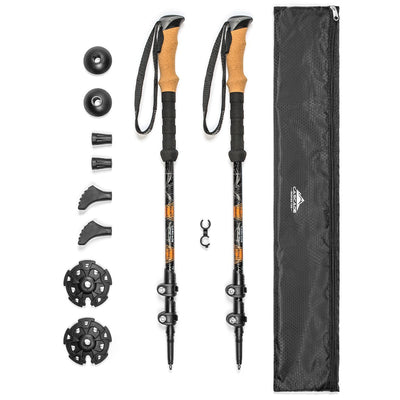
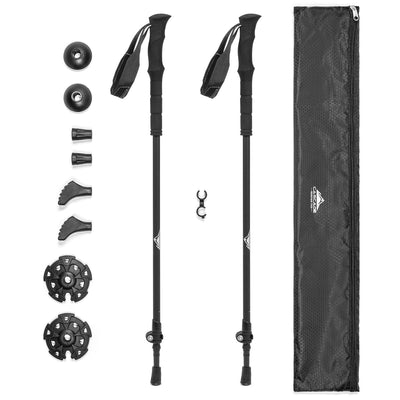
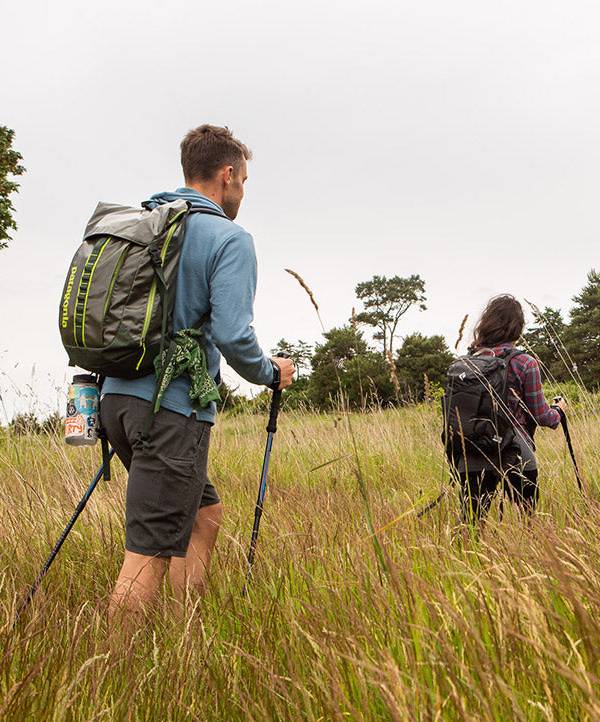

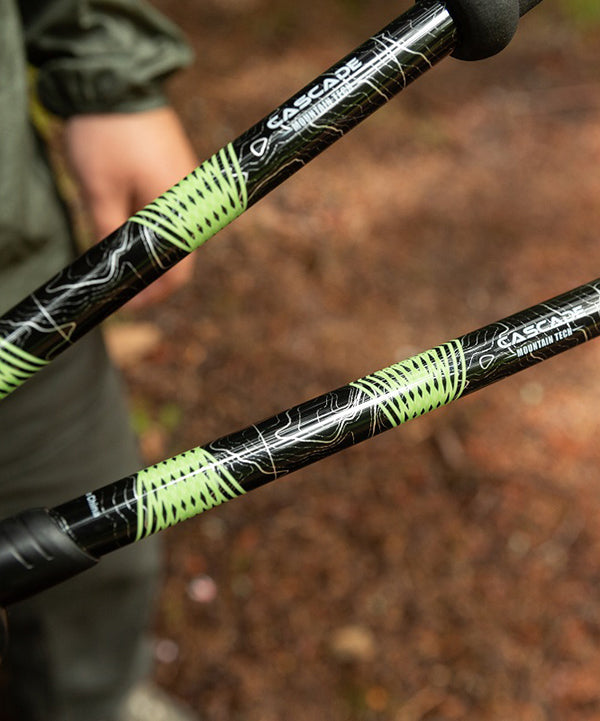

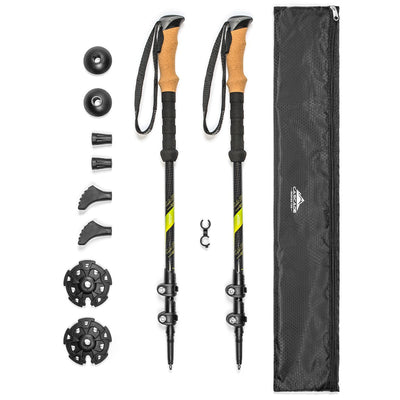
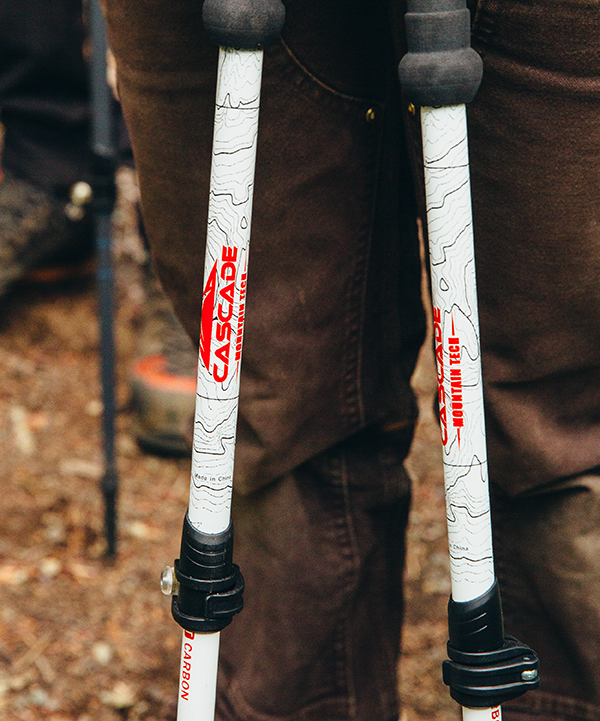
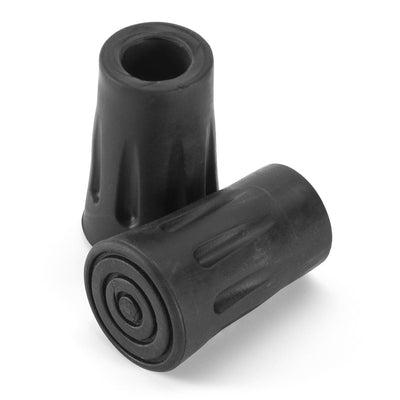
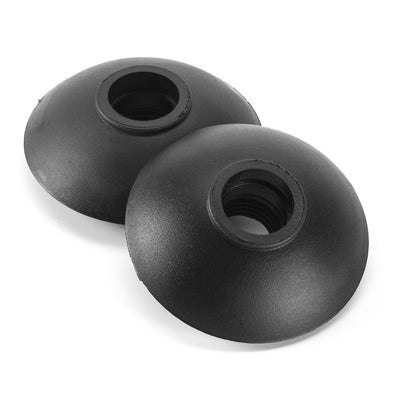
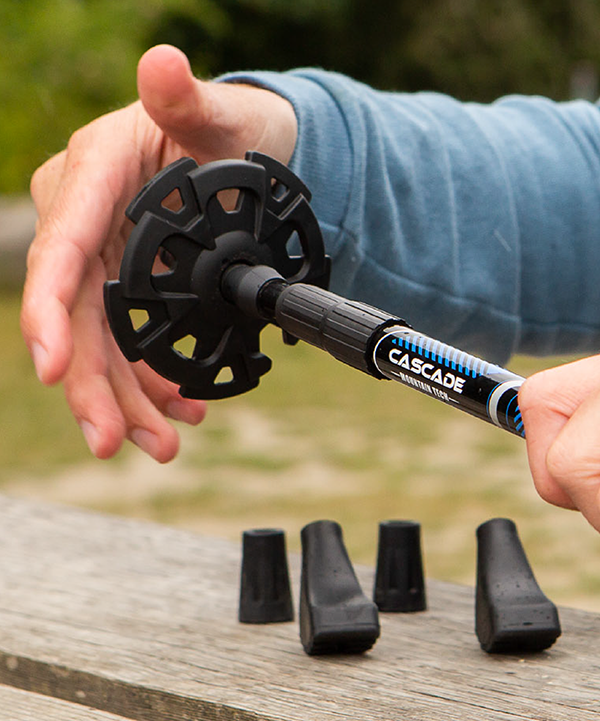
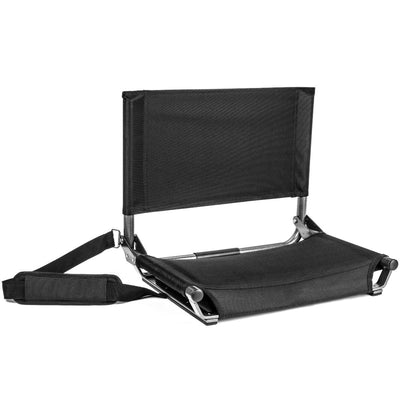
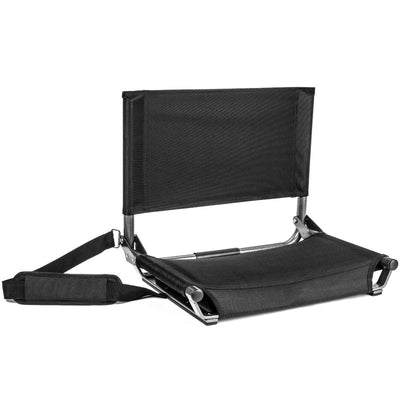



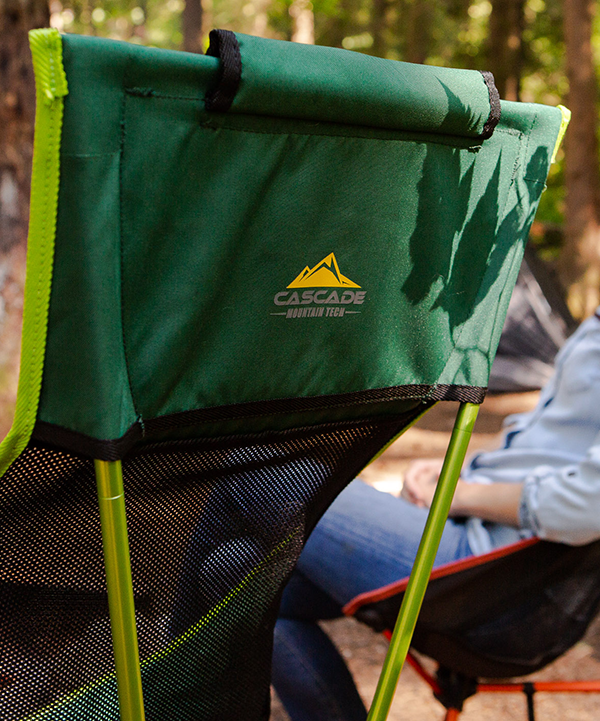
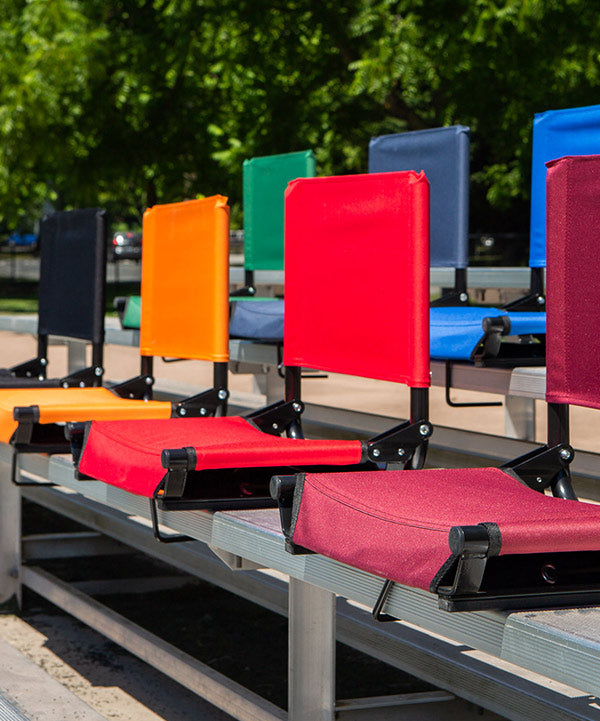

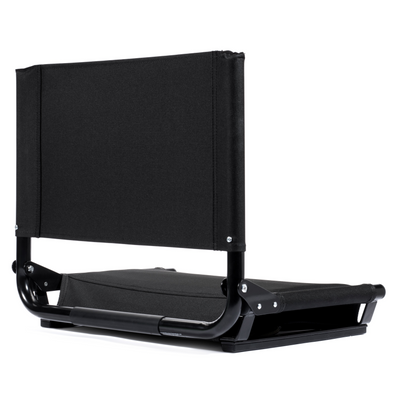
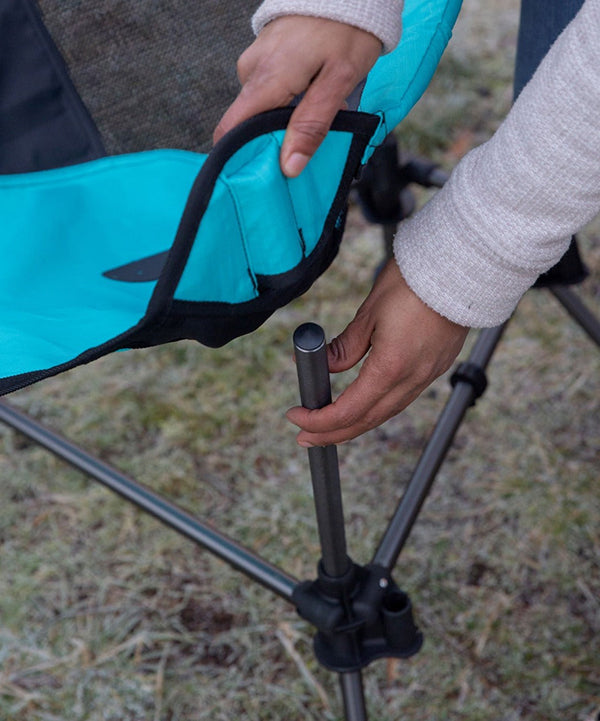
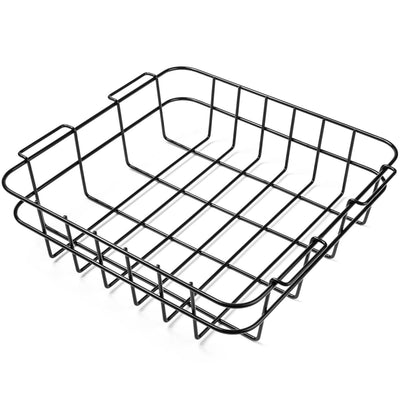

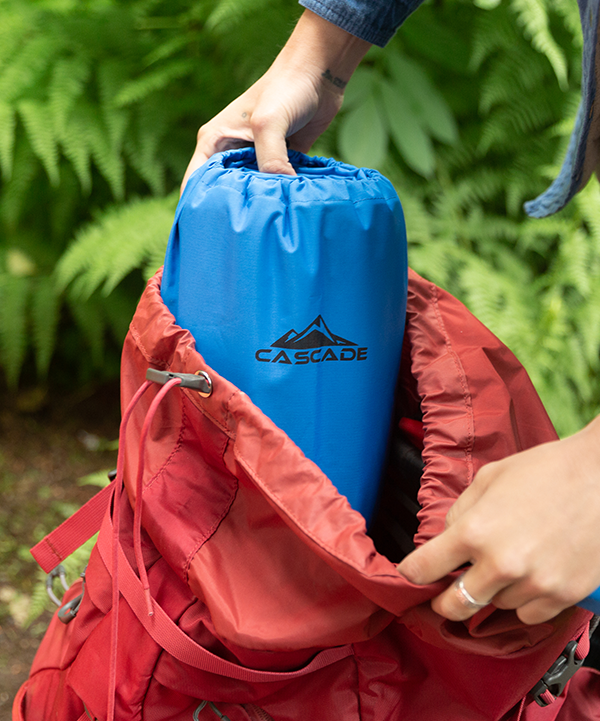
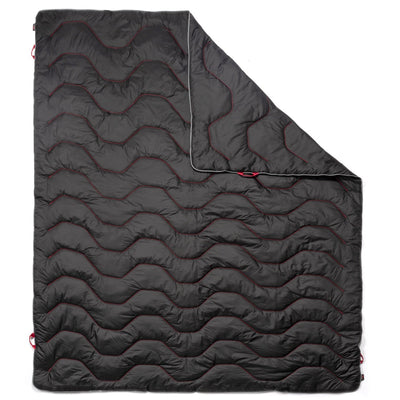
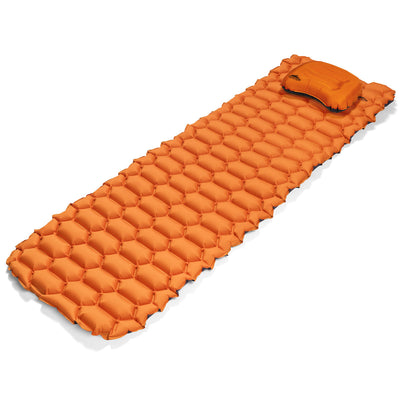



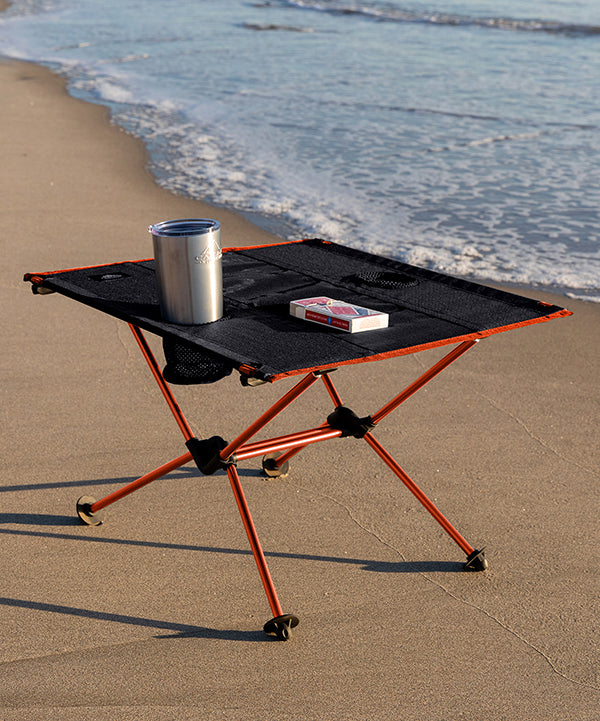

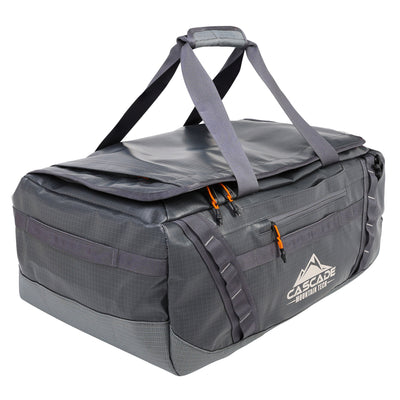
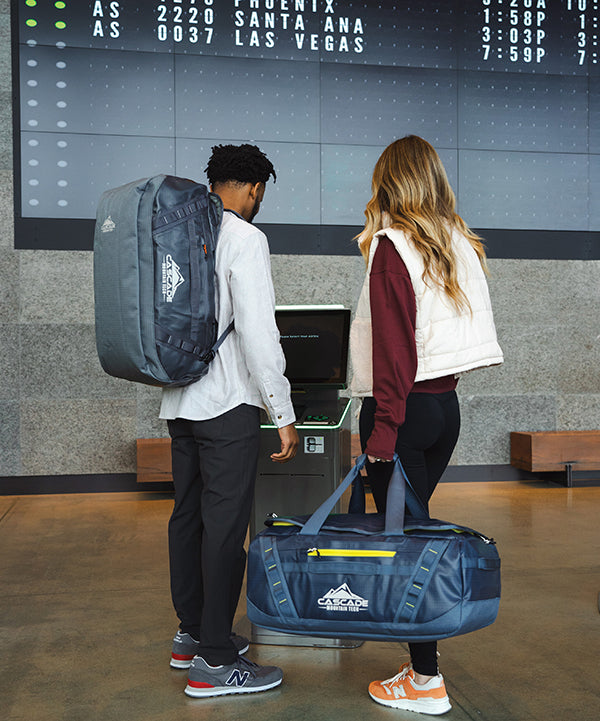
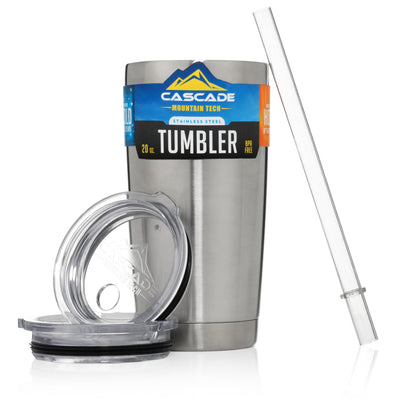
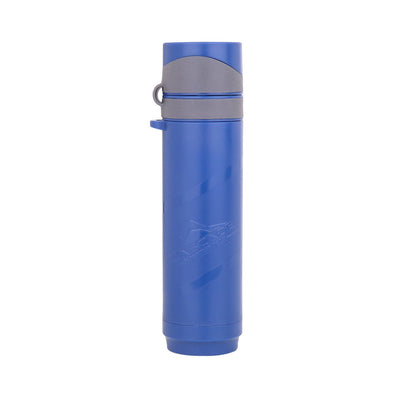
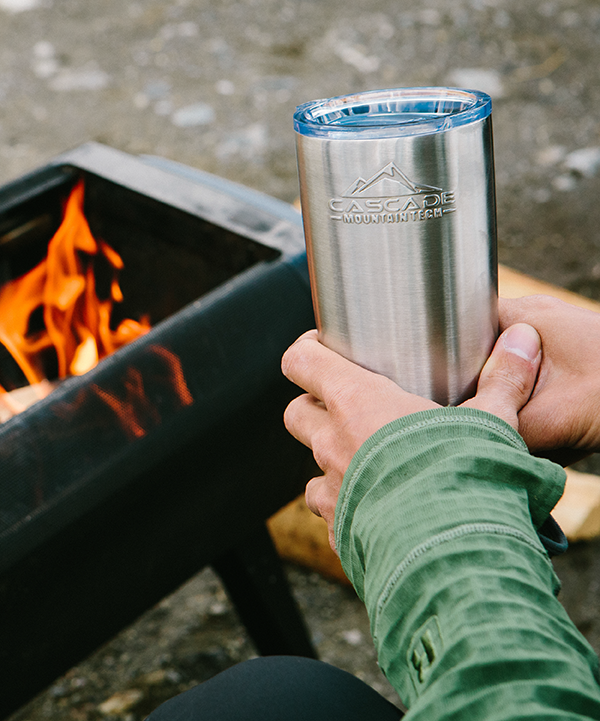
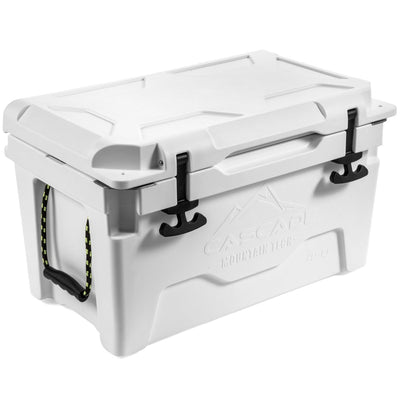



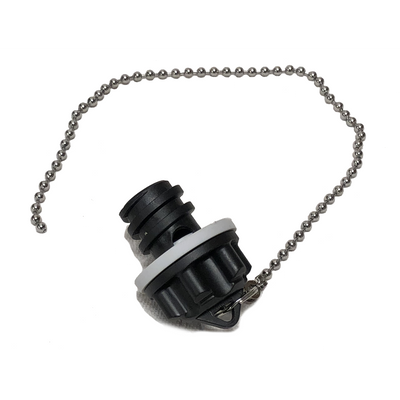
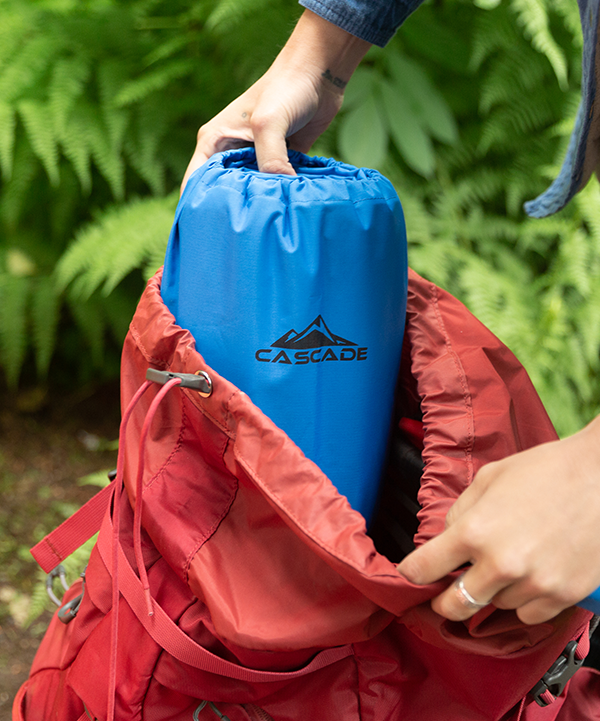
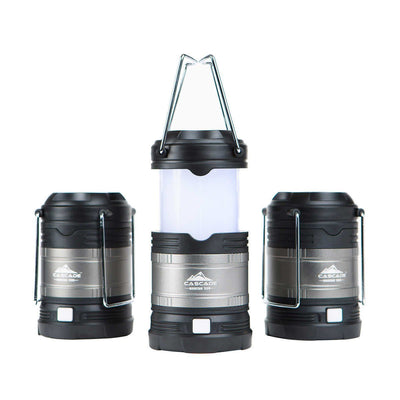

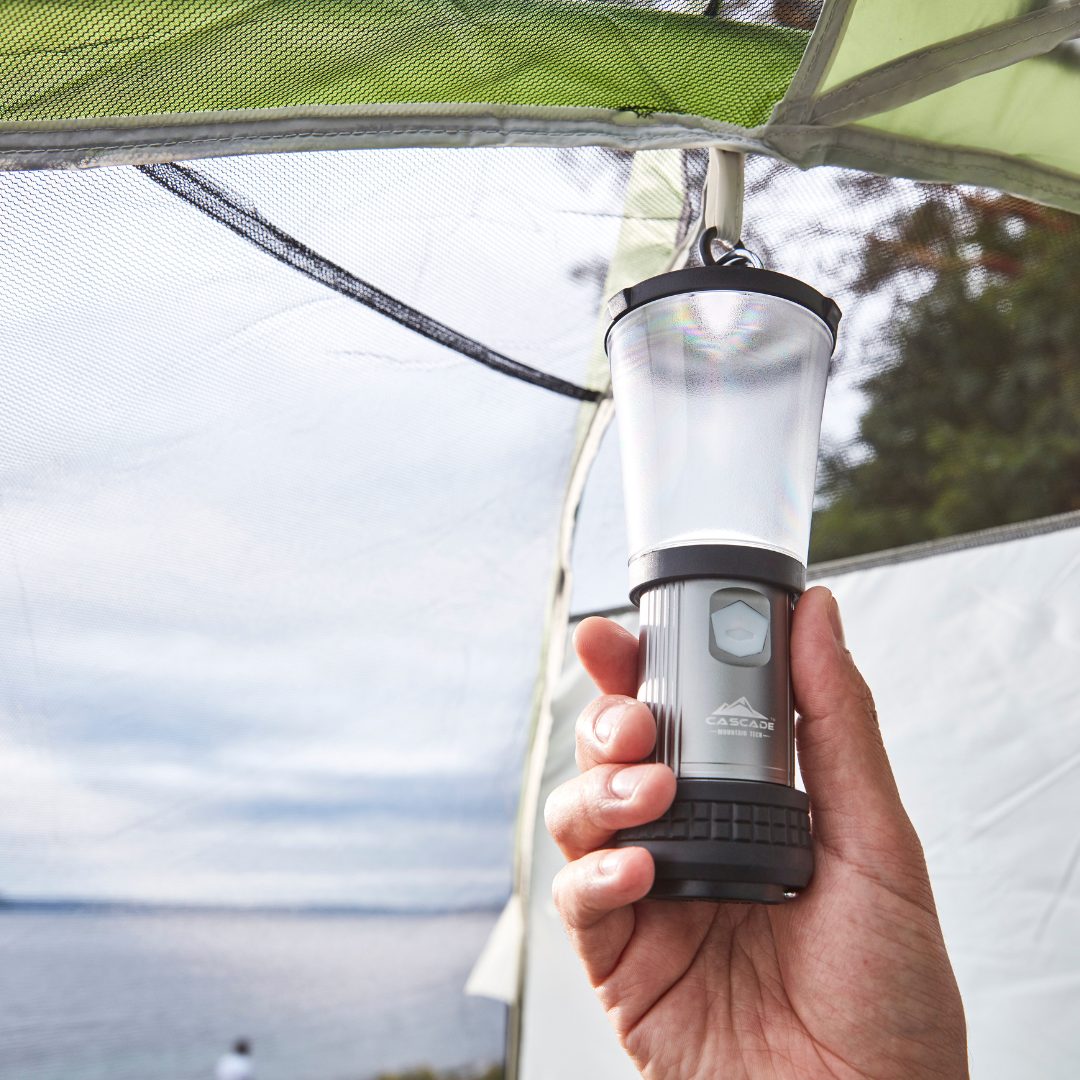

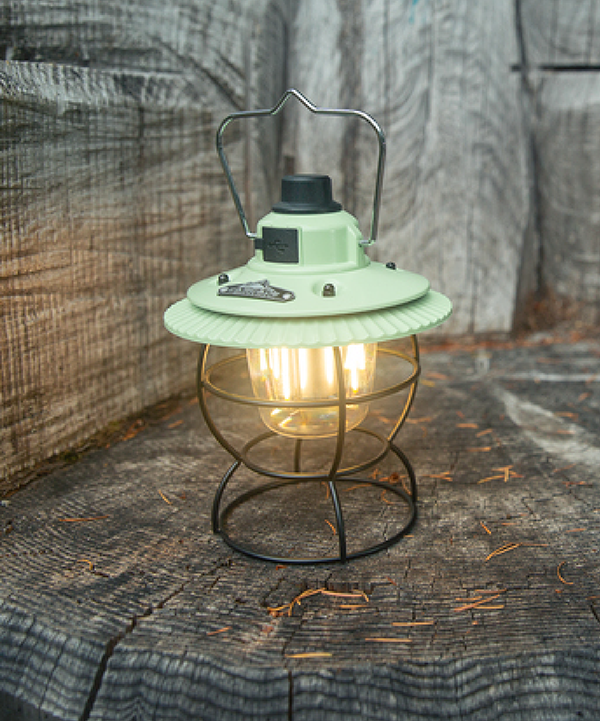

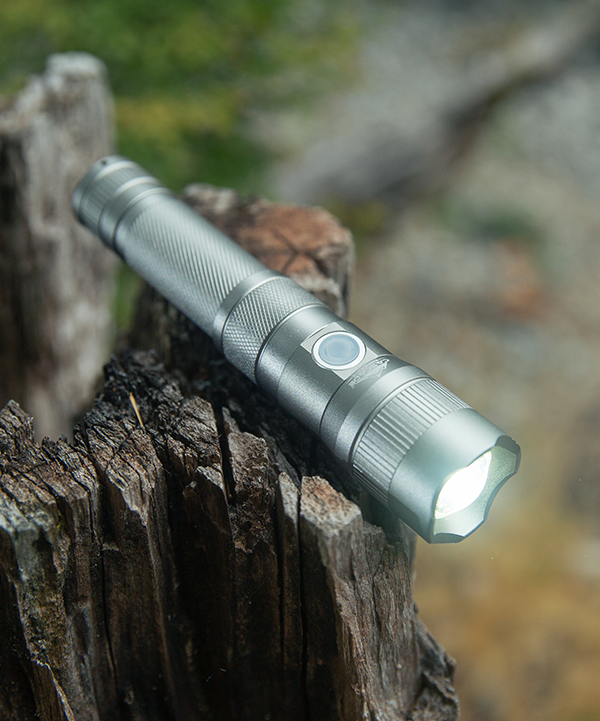

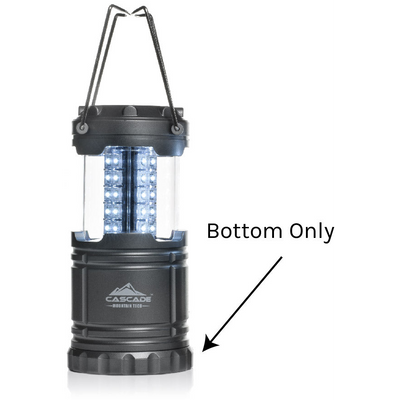
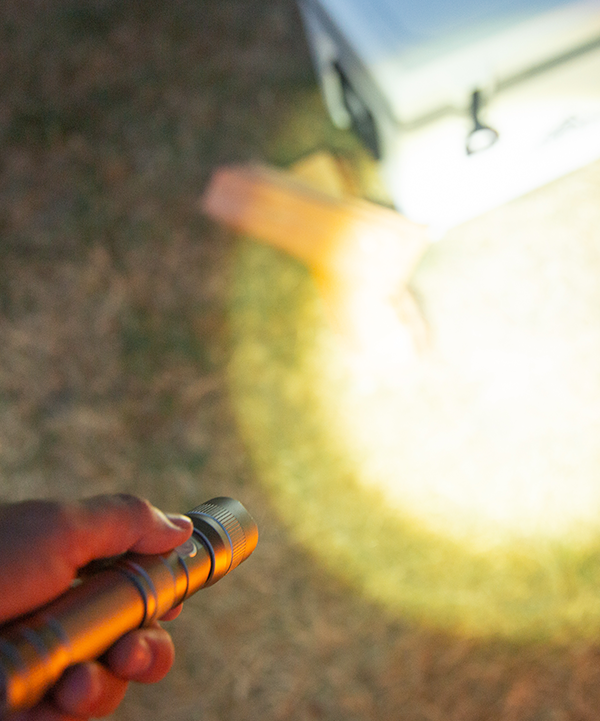
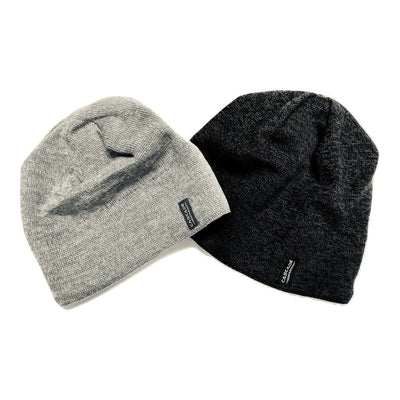
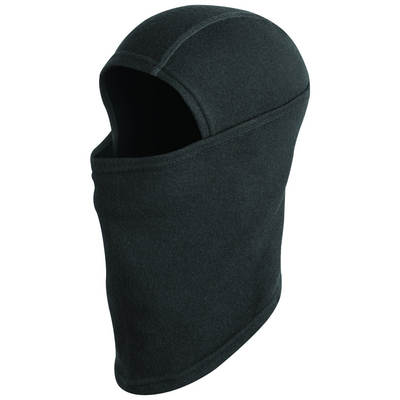
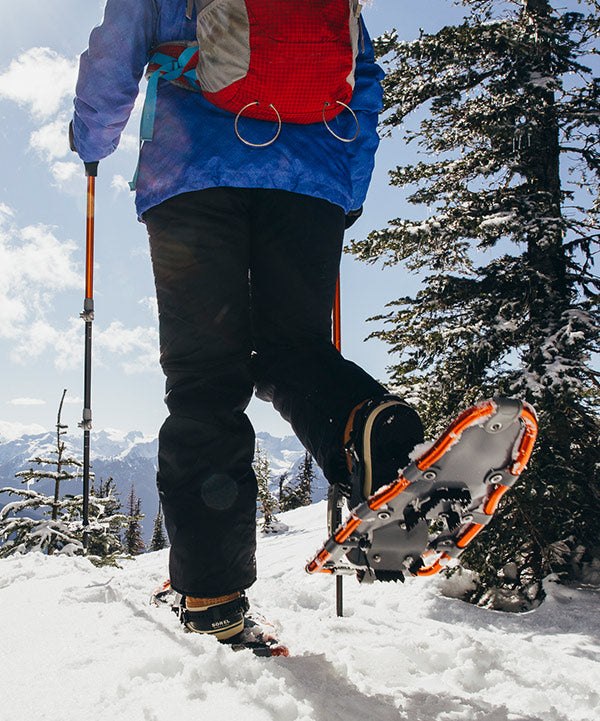

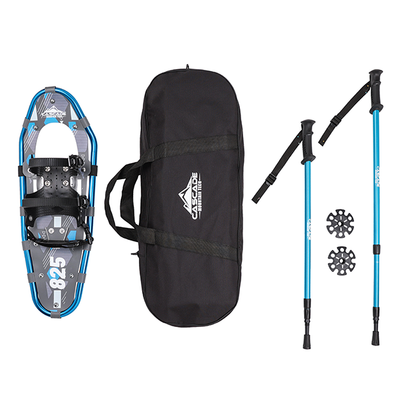
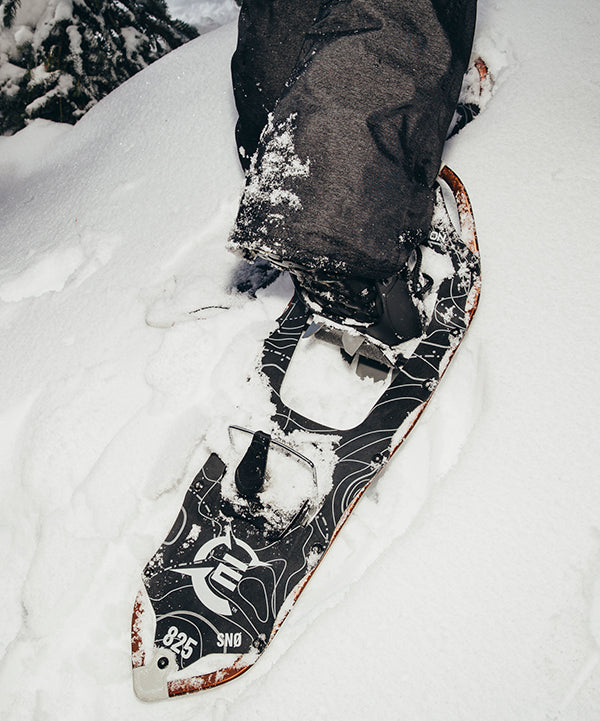

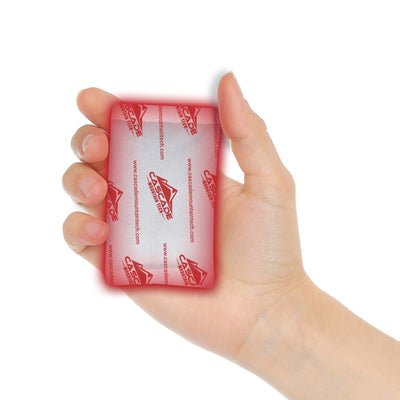

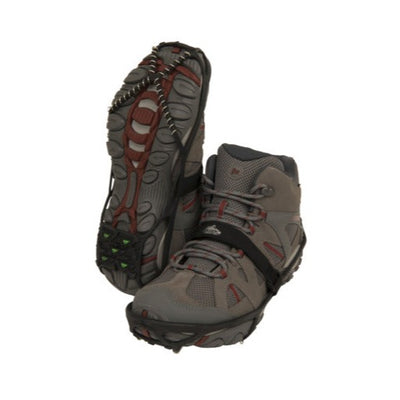

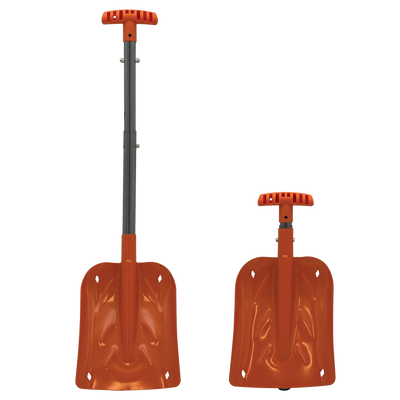
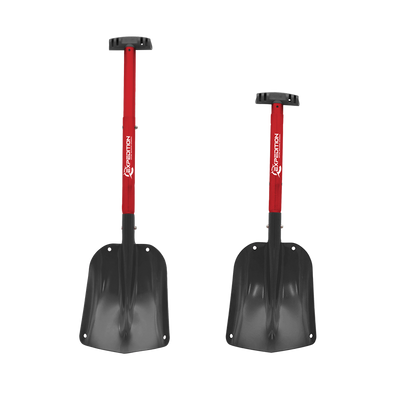
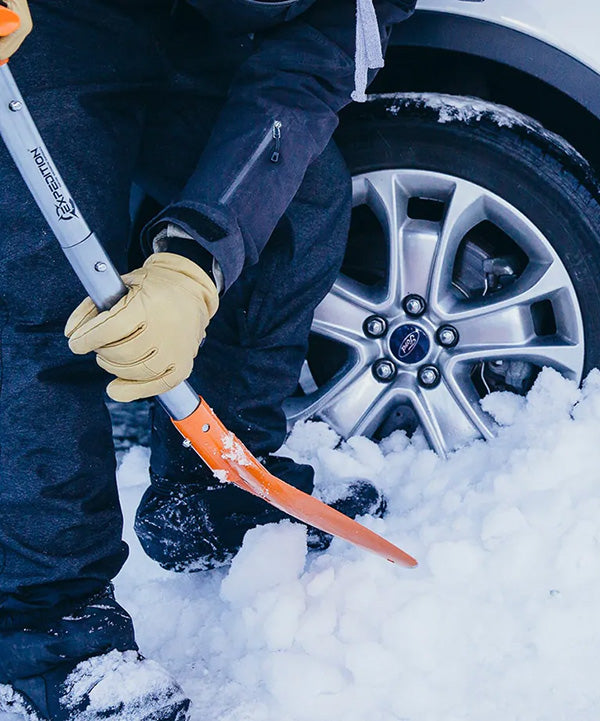
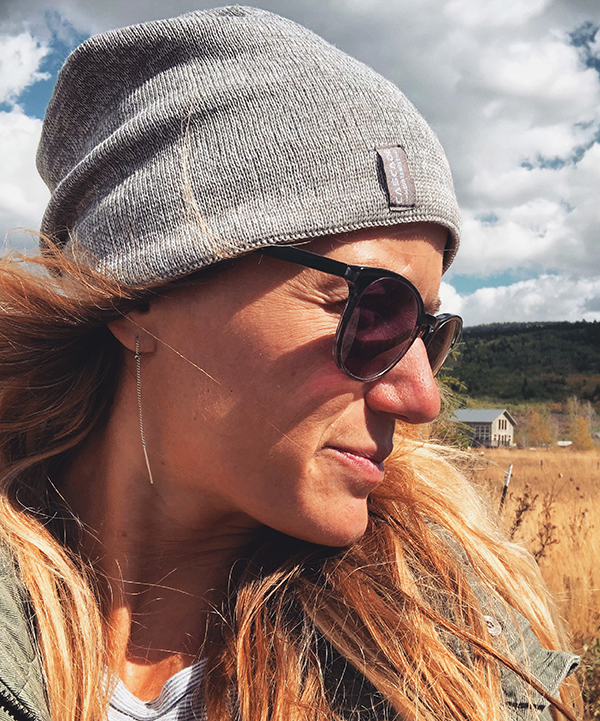

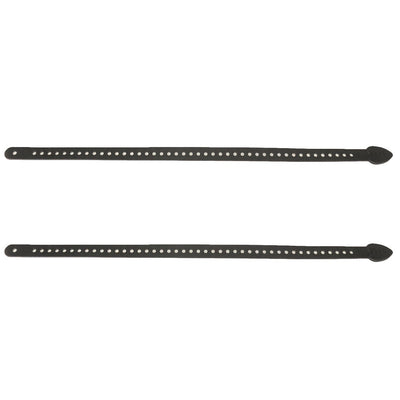











Leave a comment